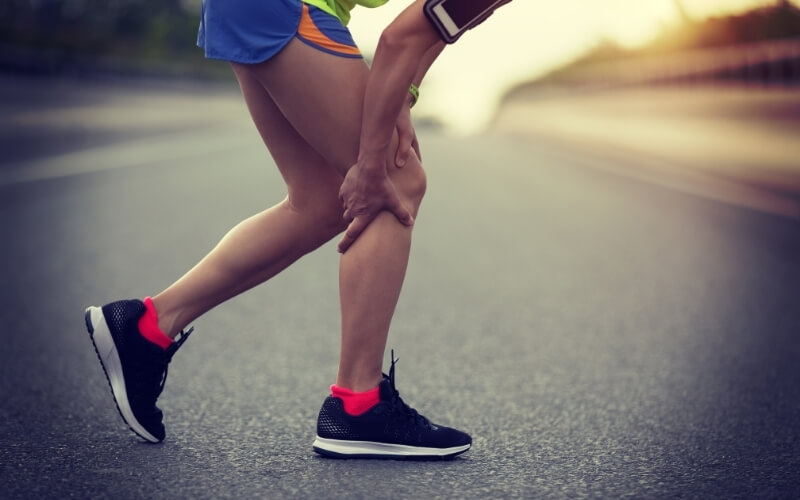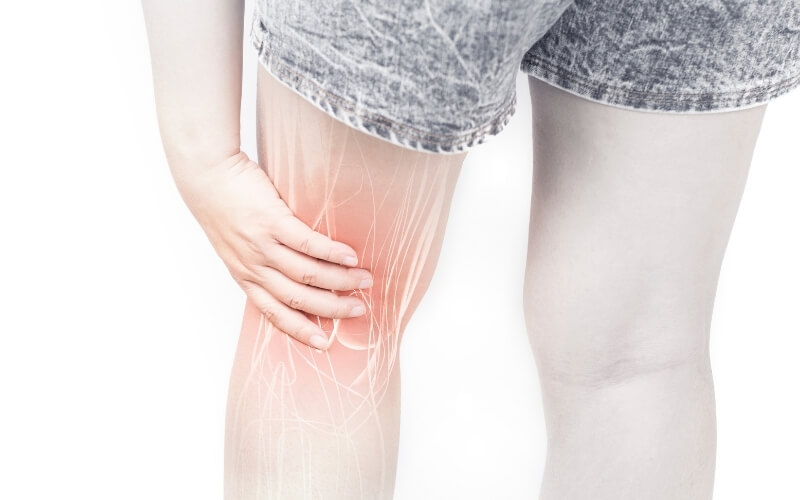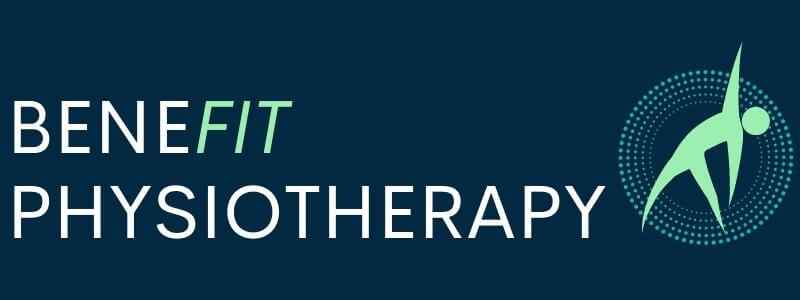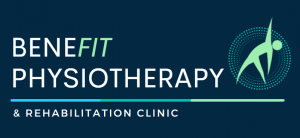When it comes to knee pain, the most common areas to experience symptoms are the front and sides of the knee. But pain behind the knee is just as common and can occur for various reasons. It can be located deep inside the knee joint or more superficially in the surrounding structures.
The reasons that back of knee pain is overlooked is because it usually can’t be narrowed down to a single structure.
Pain behind the knee also comes in various forms –
- it could be sudden severe sharp pain or mild diffuse aches
- there may be swelling and inflammation in the joint – or no swelling at all
- you may have tightness behind the knee which will cause problems with bending or straightening the knee.
Let’s look at the common causes of pain behind the knee and what you can do to solve these problems.

The first step to determining what is causing you pain behind the knee is to determine if the problem is intra- or extra-articular, that is inside or outside the knee joint.
As a general rule, if you can place your finger on the painful structure it most likely an extra-articular injury such as a tendinopathy.
If it feels like the problem lies deeper within the knee you’re dealing with an intra-articular problem such as cartilage damage.
Meniscus Tear
The meniscus is a shock absorbing structure that sits within the knee to prevent bone on bone contact.
There are two menisci located within the knee joint to protect the bony surfaces of the knee. The meniscus is prone to tearing if you twist your knee or suffer a fall. On these occasions, the bones of the knee will compress the posterior horn of the meniscus (the back of the meniscus) which can cause it to tear.
A tear located at the posterior horn of the meniscus will cause pain at the back of the knee. You will also experience some internal knee swelling. You might experience clicking, locking or giving way associated with these meniscus tears.
Meniscus tears can be of significant concern and in some instances require surgical intervention to repair. You should have this injury assessed by your physiotherapist to determine whether an MRI scan and further intervention is required.

Osteoarthritis
Arthritis is a degenerative condition which causes the bone structure to deteriorate and the internal cartilage to wear away.
It is common to develop osteoarthritis of the knee because it is a joint that bears a lot of weight in our sporting and daily lives. Osteoarthritis is more prevalent in people over the age of 50, however, can also develop in younger people who have suffered knee injuries.
Osteoarthritis which affects the back part of the knee joint is a common cause of pain behind the knee. The contact pressure created between the two diseased bones causes pain and inflammation in the joint which leads to pain. This will mostly occur when the knee is bent because it creates more pressure at the back of the joint. It will also cause secondary issues which leads to tightness behind the knee. Placing weight through the knee will also cause pain with osteoarthritis.
Although we cannot treat the arthritis directly, simple interventions can help reduce the pain caused at the back of the knee.
Rest and ice are useful in reducing the initial pain of arthritis in the knee. Strengthening exercises to help support the arthritic joint will prevent future irritation of the knee.
In more severe cases, a joint replacement may be required to overcome this pain.

Posterior Cruciate Ligament (PCL Tears)
The PCL is one of the 4 major ligaments of the knee. It sits at the back of the knee joint and helps keep the thigh and shin bones connected.
It takes events of high impact to tear the PCL such as a rugby tackle or car accident. It can also tear if the knee is hyperextended backwards.
A PCL tear will cause significant knee swelling and the feeling of an unstable knee. The pain felt is immediate but you will still be able to walk.
PCL injuries should be assessed and treated by your physiotherapist immediately. These are rarely treated through surgery but may require a period of bracing to stabilise the knee.

Muscle Behind The Knee
The main muscles behind the knee are the calf and hamstring muscles. The calf sits below the knee but travels across the knee joint to act as a joint stabiliser. The hamstring tendons are the rope-like structures which are located on the inside and outside of the knee. These can both cause pain behind the knee.

The tendons of these muscles behind the knee will become painful because of an overload. This might be after sport, a long hike or a big gym session. In some more severe cases, the hamstring tendon can be pulled off the bone during a sprint.
Tendon injuries can be treated with rest, ice and a graded strengthening program. Check out our tendinopathy article for more insight into the pathology and treatment of tendinopathy.
Baker’s Cyst
A Baker’s Cyst is a very common cause of pain behind the knee.
A Baker’s cyst will form when fluid leaks out the knee joint and forms a pocket of swelling contained at the back of the knee. This will place pressure at the back of the knee and can cause pain when the knee is bent.
Larger Baker’s cysts can be problematic and burst which will cause severe pain behind the knee. Treatment of a Baker’s cyst often involves rest and icing. In more persistent cases, you may need to have the cyst drained to reduce pressure in the back of the knee.
What To Do Now?
These common causes of pain behind the knee should be assessed by your physiotherapist to determine the cause of your problem and the most effective treatment to resolve your pain behind the knee.
A thorough understanding of the cause of your pain is the first step on your road to recovery.
Your physiotherapist will be able to diagnose the injury, determine an effective rehabilitation strategy, and refer you for any imaging if necessary. Book an appointment today.
One-on-One Physiotherapy Care - Complete Attention - You Deserve It !
Contact Us today to find out how we can help you.


